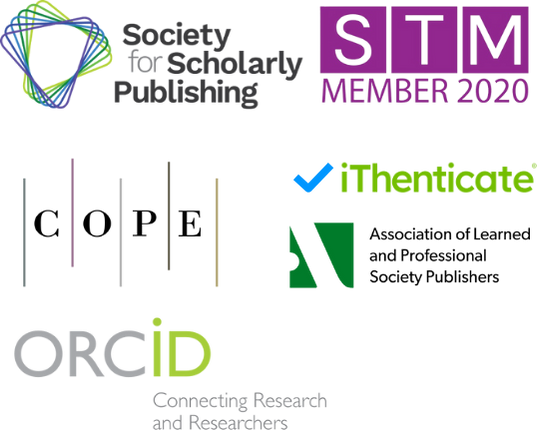Research on Cloud Storage Data Access Control Based on the CP-ABE Algorithm
Keywords:
cloud storage, data access control, Ciphertext-Policy Attribute-Based Encryption (CP-ABE), data security, privacy protectionAbstract
With the rapid development of cloud computing technology, cloud-based data storage has become a common choice for both enterprises and individual users. However, data security and access control in cloud storage environments have emerged as critical challenges. This paper focuses on attribute-based encryption algorithms for access control (CP-ABE) and proposes an improved CP-ABE model tailored for cloud storage access control needs. This model employs flexible attribute policies to achieve precise control over data access in the cloud, enhancing both security and privacy. The paper begins by introducing the basic principles and improvements of the CP-ABE algorithm, followed by the design and implementation of a data access control system. A detailed analysis of the system's performance and security is provided. Experimental results indicate that the proposed model demonstrates significant advantages in terms of efficiency and security in data access control. This research provides a potentially effective technical approach for secure data access in cloud storage environments.
References
1. R. Cheng et al., "An efficient ECC-based CP-ABE scheme for power IoT," Processes, vol. 9, no. 7, p. 1176, 2021, doi: 10.3390/pr9071176.
2. Z. Zhang, W. Zhang, and Z. Qin, "A partially hidden policy CP-ABE scheme against attribute values guessing attacks with online privacy-protective decryption testing in IoT assisted cloud computing," Future Gener. Comput. Syst., vol. 123, pp. 181–195, 2021, doi: 10.1016/j.future.2021.04.022.
3. S. Wang et al., "A fast CP-ABE system for cyber-physical security and privacy in mobile healthcare network," IEEE Trans. Ind. Appl., vol. 56, no. 4, pp. 4467–4477, 2020, doi: 10.1109/TIA.2020.2969868.
4. N. Chen et al., "Efficient CP-ABE scheme with shared decryption in cloud storage," IEEE Trans. Comput., vol. 71, no. 1, pp. 175–184, 2020, doi: 10.1109/TC.2020.3043950.
5. J. Ma et al., "CP‐ABE‐based secure and verifiable data deletion in cloud," Secur. Commun. Netw., vol. 2021, Art. no. 8855341, 2021, doi: 10.1155/2021/8855341.
6. Z. Zhang and X. Ren, "Data security sharing method based on CP-ABE and blockchain," J. Intell. Fuzzy Syst., vol. 40, no. 2, pp. 2193–2203, 2021, doi: 10.3233/JIFS-189318.
7. M. Taha, H. Ould-Slimane, and C. Talhi, "Smart offloading technique for CP-ABE encryption schemes in constrained devices," SN Appl. Sci., vol. 2, no. 2, p. 274, 2020, doi: 10.1007/s42452-020-2074-z.
8. M. Xie et al., "A CP-ABE scheme based on multi-authority in hybrid clouds for mobile devices," Future Gener. Comput. Syst., vol. 121, pp. 114–122, 2021, doi: 10.1016/j.future.2021.03.021.
9. S. Das and S. Namasudra, "Multiauthority CP-ABE-based access control model for IoT-enabled healthcare infrastructure," IEEE Trans. Ind. Inform., vol. 19, no. 1, pp. 821–829, 2022, doi: 10.1109/TII.2022.3167842.
10. D. V. K. Vengala, D. Kavitha, and A. P. S. Kumar, "Secure data transmission on a distributed cloud server with the help of HMCA and data encryption using optimized CP-ABE-ECC," Clust. Comput., vol. 23, no. 3, pp. 1683–1696, 2020, doi: 10.1007/s10586-020-03114-1.
Downloads
Published
Issue
Section
License
Copyright (c) 2025 Yu Pan (Author)

This work is licensed under a Creative Commons Attribution 4.0 International License.



